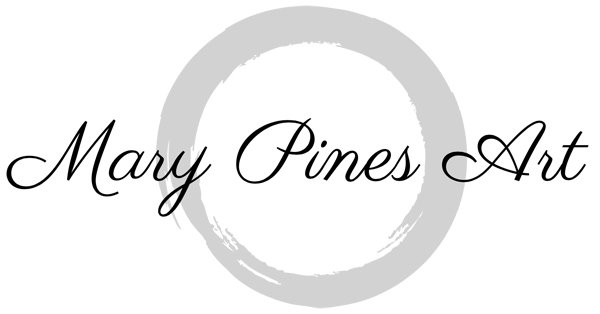What is the difference between canvas and paper prints?
This is a very common question and is almost as important as the work done in creating a piece of art.
Unlike photography, traditional medium artwork (such as paintings on canvas) loses fine details and texturization seen in the original. I prefer the glossy, vibrant look of canvas prints, which do not need to be framed and covered in glass. Glare, dust and dirt on glass can distract from or even ruin the effect of a piece of art and framing can get very expensive. All of my 'stretched canvas' prints are gallery-wrapped canvas giclées, which are canvas prints that have been stretched over custom-made stretcher bars so that the sides will either be a continuation of the image or a solid color. Gallery-wrapped canvas prints arrive ready to hang and offer a stylish, low-cost alternative to traditional framing. Gallery-wrapped prints also have a vibrant 3-D feel and the look of a piece of work taken straight from a gallery or museum. Custom stretcher bars prevent compression marks and creases during handling and shipping so your piece arrives in perfect condition. The advantage of paper prints is cost efficacy, which can make room in the budget for epic framing options that really can add to a piece when done right.
Stretched or rolled canvas print?
All canvas prints must be stretched in order to be displayed. A 'rolled canvas' print is a print that has not yet been stretched over “stretcher bars," which comprise the wooden frame over which the canvas is stretched then stapled in place. Once stretched, it may be framed or hung as is. The main differences are that 1) you can save money on shipping a rolled canvas, particularly on large pieces, and 2. you'll have to get it stretched yourself, which you can have done a framing shop or some art supply stores (such as Opus in Vancouver, BC). If you're industrious, you can do it yourself, however stretching a canvas requires some expertise to get looking just right. YouTube can offer helpful advice, but it is easy to damage a print in the process so unless you have experience in doing it, I would recommend getting your prints professionally stretched. (I've read online that when the printing companies that produce the prints stretch them, there are differences in the quality of the image as well in that stretched prints "have more perfection, and images are brighter and sharper."
What is a giclee?
The word giclée ("g-clay"), is derived from the French verb gicler meaning "to squirt or spray". Giclée describes a fine art digital printing process combining pigment-based inks with high quality archival quality paper to achieve prints of superior archival quality, light fastness and stability. (Taken from http://www.metro-print.co.uk/)
Can you embellish my giclee print?
Yes, I can. A nominal fee will be added, depending on the size of the piece. Please enquire. (An embellished giclee is a fine art print that has extra finishes added by hand after printing. Texture such as brush marks add visual interest and value to a reproduction, making it look more like the original painting.)
How long will my print last?
All prints are made with Canon and HP archival OEM inks, which are rated to last over 100 years. So, with proper care, your print should last just as long (just don't display them in direct sunlight).
How are my prints made?
I order all my prints from a Canadian company that only prints on the very best poly-cotton canvas available today using 44" and 60" inch Canon and HP printers and archival OEM inks . (Poly-cotton canvas is used instead of traditional cotton canvas; while cotton is very popular due to its cheap cost, it is currently the material with the most defects per square foot of all the canvases available today. Poly-cotton canvas retains the look and feel of cotton canvas – you can't actually tell them apart – but doesn't have the bumps, bad treads, and won't sag in dry weather.)
